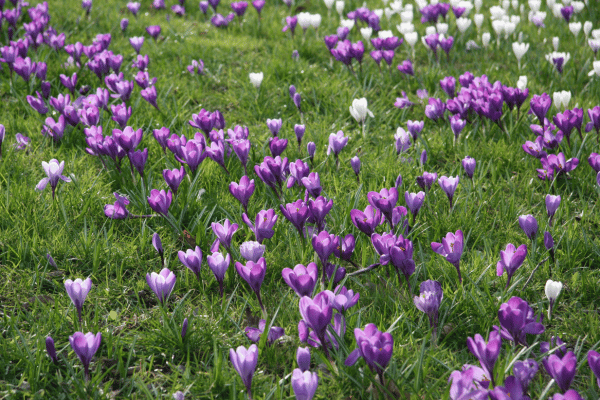Spring bulbs are a beloved addition to gardens, bringing color and life to outdoor spaces after a long, cold winter. Tulips, daffodils, hyacinths, and crocuses are some of the most popular varieties of spring bulbs, and they all have one thing in common: they require a period of dormancy after they bloom in order to thrive the following year.
One of the most important steps in caring for spring bulbs is to let the foliage die back naturally. This can be a challenging task for gardeners who are eager to tidy up their outdoor spaces after a long winter, but it is essential for the health and vitality of the bulbs. It can feel counterintuitive, yet this natural process is integral to increasing the longevity of your spring flowering bulbs.
When spring bulbs bloom, they use up a great deal of energy stored in their bulbs to produce their beautiful flowers. After they finish blooming, the plants shift their focus to replenishing that energy for the following year. The green leaves of the plants are the primary source of energy production through photosynthesis, so it is important to allow them to continue growing until they turn yellow and begin to wither.
In addition to providing energy for the bulbs, the dying foliage also plays an important role in protecting the bulbs during their dormant period. The leaves help to shade the bulbs from the sun, which can dry them out and cause them to lose moisture. They also provide a physical barrier to protect the bulbs from pests and disease.
Allowing the foliage to die back naturally is easy to do. Simply let the leaves continue to grow and photosynthesize until they turn yellow and begin to wither. At this point, they can be gently removed by pulling them away from the bulb. It is important to avoid cutting the leaves, as this can damage the bulb and make it more vulnerable to disease.
If you find the dying foliage unsightly, there are a few things you can do to help disguise it. One option is to plant other annuals or perennials around the bulbs that will grow up and cover the dying foliage. This can create a more natural and cohesive look in the garden, and will help to protect the bulbs as well. Part of planning a garden is accounting for succession of bloom and growth, and by planting perennials as coverage for the dying foliage you’re also adding to the sequence of bloom. Hostas, ornamental grasses and other large-leaved perennials are extremely effective in this application.
Another option is to strategically place garden ornaments, such as statues or bird baths, around the bulbs to distract from the dying foliage. This can be a fun and creative way to add interest and personality to your garden. You can also plant your spring bulbs in areas where the dying foliage will not be as noticeable, such as behind other plants or in a designated bulb bed.
Several spring flowering bulbs lend themselves well to being naturalized within a lawn. Crocus, snowdrops, scilla, and muscari can be planted right in a grassy place where they will multiply and naturalize over time. In this application, it is just as important to allow the foliage to naturally die back; this means the first cut of the lawn may occur later than normally expected.
In conclusion, letting foliage die back on spring bulbs is an essential step in caring for these beautiful plants. Although it may be tempting to cut back the foliage as soon as the flowers have faded, doing so can have a negative impact on the health and vitality of the bulbs. Allowing the leaves to continue growing and photosynthesizing until they turn yellow and begin to wither is the best way to ensure that the bulbs have enough energy to bloom again the following year. Incorporating proper fertilization into your garden routine will also help to ensure the bulbs are growing and increasing in size. By following these simple steps, you can enjoy a beautiful and thriving garden filled with colorful spring bulbs year after year.




